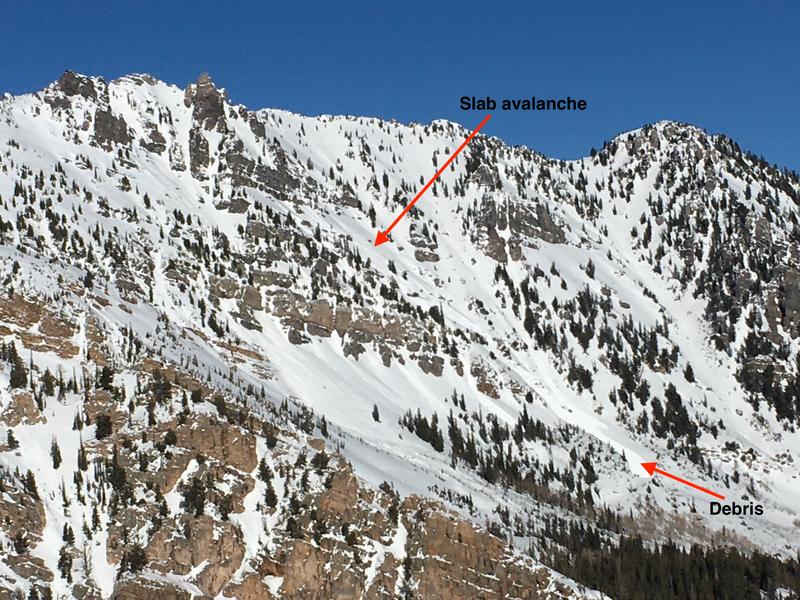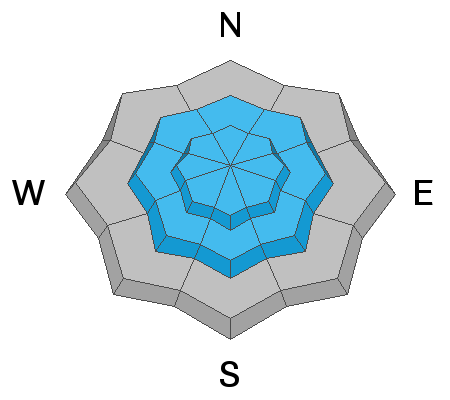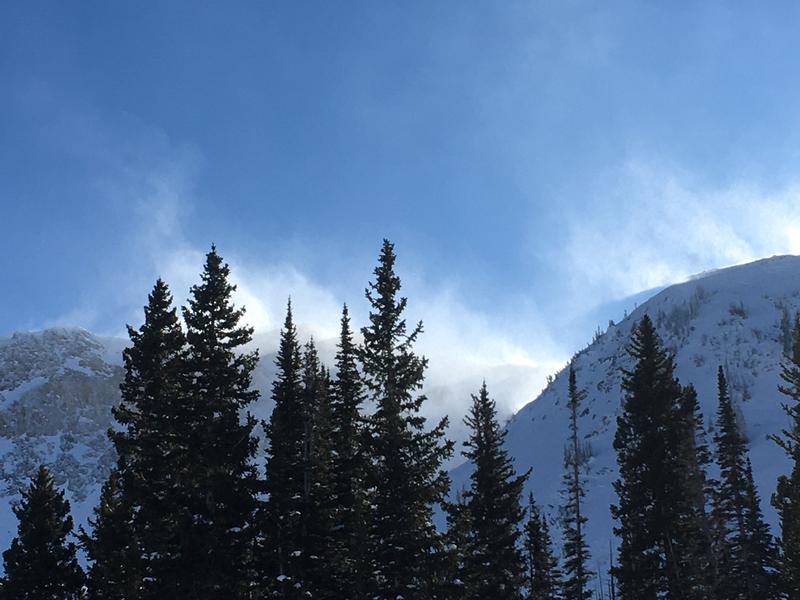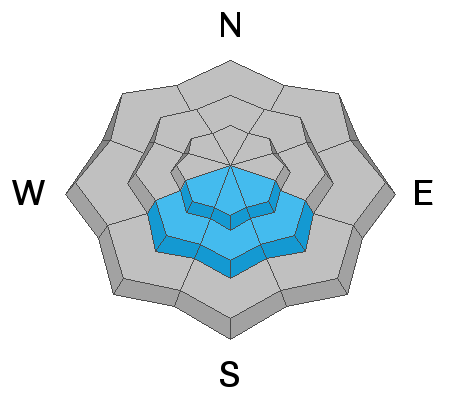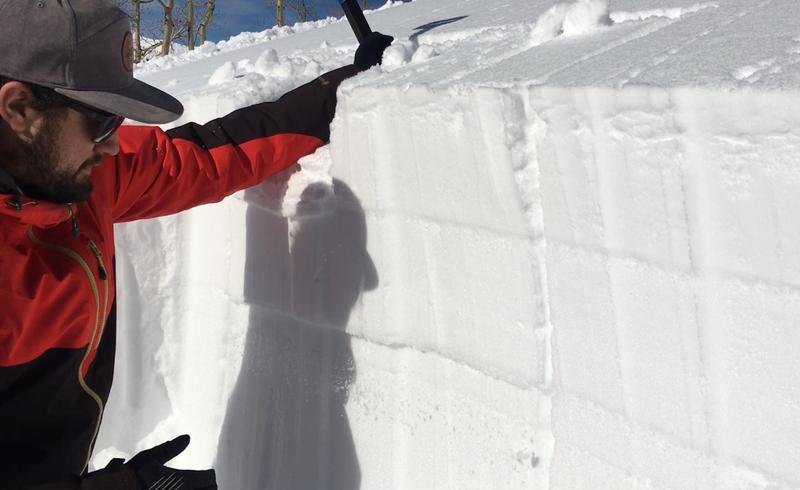Forecast for the Provo Area Mountains

Issued by Nikki Champion on
Thursday morning, January 9, 2020
Thursday morning, January 9, 2020
A MODERATE danger exists on all upper and mid-elevation aspects where fresh slabs of wind drifted snow can be found and human triggered avalanches are possible. A MODERATE danger also exists on southwest through southeast-facing mid-elevations where triggering a slab on the persistent weak layer is possible.
A LOW danger exists on all low elevation aspects where generally safe avalanche conditions exist.
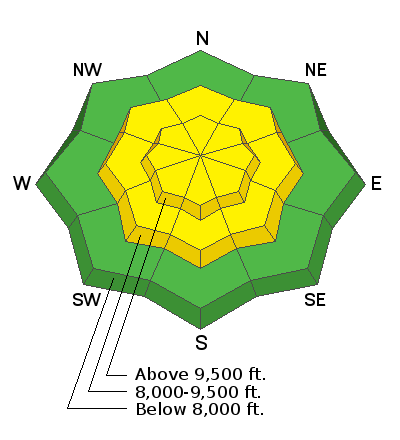
Low
Moderate
Considerable
High
Extreme
Learn how to read the forecast here


